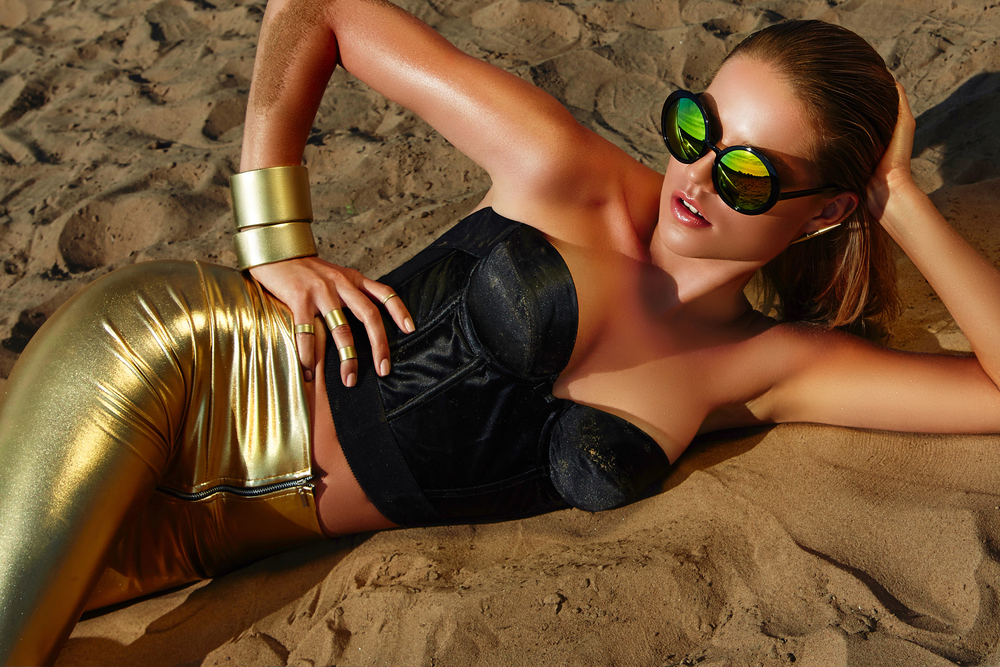
Modeling is often perceived as glamorous and effortless, but little do people know about the hard work and dedication required to excel in this highly competitive industry. Behind the scenes of every stunning photoshoot, there lies an art form that is meticulously crafted to perfection. In this article, we will delve into the secrets for success in the fashion industry and explore the intricacies of modeling .
Understanding the Role of a Model
Contrary to popular belief, a model is not just a pretty face. Modeling requires a range of skills that go beyond looking good in front of a camera. A successful model needs to possess the ability to convey emotions, pose in various positions, and capture the attention of the audience.
Posing Techniques
One of the most important aspects of modelling is mastering the art of posing. It is through posing that models can create visually captivating photographs that leave a lasting impression. Professional models spend hours practicing different poses to find those that best highlight their unique features.
Each photoshoot requires models to adapt their poses based on the theme, mood, and desired outcome. A high-fashion editorial shoot may demand avant-garde poses, while a campaign for a commercial brand may call for more natural and relatable movements. The ability to take direction and understand the photographer's vision is crucial in achieving the desired results.
Working with the Photographer
The relationship between a model and a photographer is symbiotic. While the model brings life to the photographs, the photographer's expertise in capturing the perfect shot is equally essential. Effective communication, trust, and collaboration are vital for a successful photoshoot.
Models should be open to the photographer's suggestions while also contributing their creative ideas. Building a healthy rapport with the photographer fosters an environment of trust and mutual understanding, leading to the creation of remarkable images.
Understanding Lighting and Angles
Lighting plays a pivotal role in photography, accentuating the model's features and creating mood. Models must be familiar with various lighting techniques and how they can enhance their poses. They should be aware of the interplay between natural light, studio lighting, and reflective surfaces to optimize their positions and angles.
Photographers often experiment with different lighting setups, such as Rembrandt lighting, butterfly lighting, and side lighting, to achieve desired effects. Models who understand these lighting techniques can better position themselves to create captivating visuals.
Maintaining Physical and Mental Well-being
To excel in the competitive fashion industry, models need to prioritize their physical and mental well-being. Maintaining a healthy lifestyle, engaging in regular exercise, and adhering to a balanced diet are essential components. Adequate rest and sleep contribute to a fresh and radiant appearance.
Moreover, models must cultivate a positive mindset and develop resilience to handle the pressures of the industry. Rejection is common, and models should not take it personally. Instead, they must use each experience as an opportunity to learn and grow.
Frequently Asked Questions about Modeling in the Fashion Industry
Q1. How do I become a model in the fashion industry?
A1. Building a career in modeling requires dedication, perseverance, and a strong portfolio. Start by researching reputable modeling agencies, attending casting calls, and building relationships with industry professionals. Always be open to learning and improving your skills.
Q2. Are there any height or weight requirements to become a model?
A2. While there are general industry standards, the fashion industry has become more inclusive in recent years. Certain niches, such as plus-size and petite modeling, have emerged, providing opportunities for models of different shapes and sizes. It is essential to find your unique style and explore the areas of modeling that suit you best.
Q3. How long does it take to become a successful model?
A3. There is no fixed timeline for success in the fashion industry. Some models achieve success early in their careers, while others might take longer. Consistency, hard work, and the right opportunities play a significant role in a model's journey to success.
Q4. What skills do I need to succeed in the modeling industry?
A4. While natural beauty is an advantage, models need to develop posing techniques, understand lighting, and have the ability to take direction. Excellent communication skills, professionalism, and adaptability are also crucial for success in this industry.
Q5. How can I stand out in a competitive industry?
A5. To stand out from the crowd, focus on building a strong personal brand. Showcase your unique qualities, create an impressive portfolio, and engage with industry professionals through networking events and social media. Maintain a positive attitude and continuously work on improving your skills.
In conclusion, modeling is an art that requires dedication, skill, and a deep understanding of the fashion industry. From perfecting posing techniques to working with photographers and prioritizing physical and mental well-being, aspiring models must constantly strive to enhance their craft. The key to success lies in combining talent with perseverance and seizing the right opportunities. So, step into the world of modeling, uncover your own secrets, and let your inner artist shine.
Other useful resources
- https://en.wikipedia.org/wiki/Category:Modeling_agencies
- https://en.wikipedia.org/wiki/Category:Models_by_modeling_agency
- https://www.planetmodelphoto.com/models/modeling/usa/charlotte/nc-north-carolina